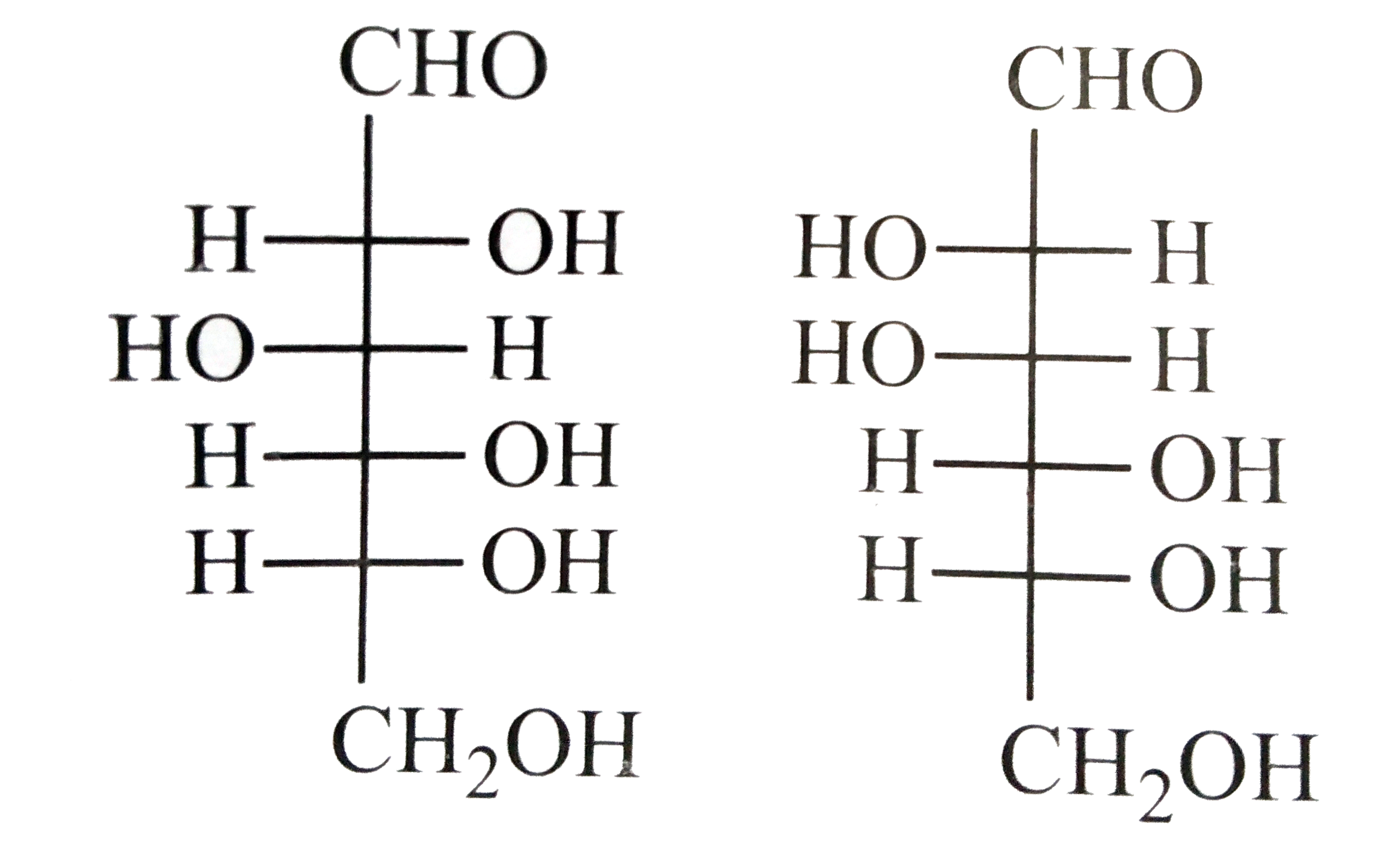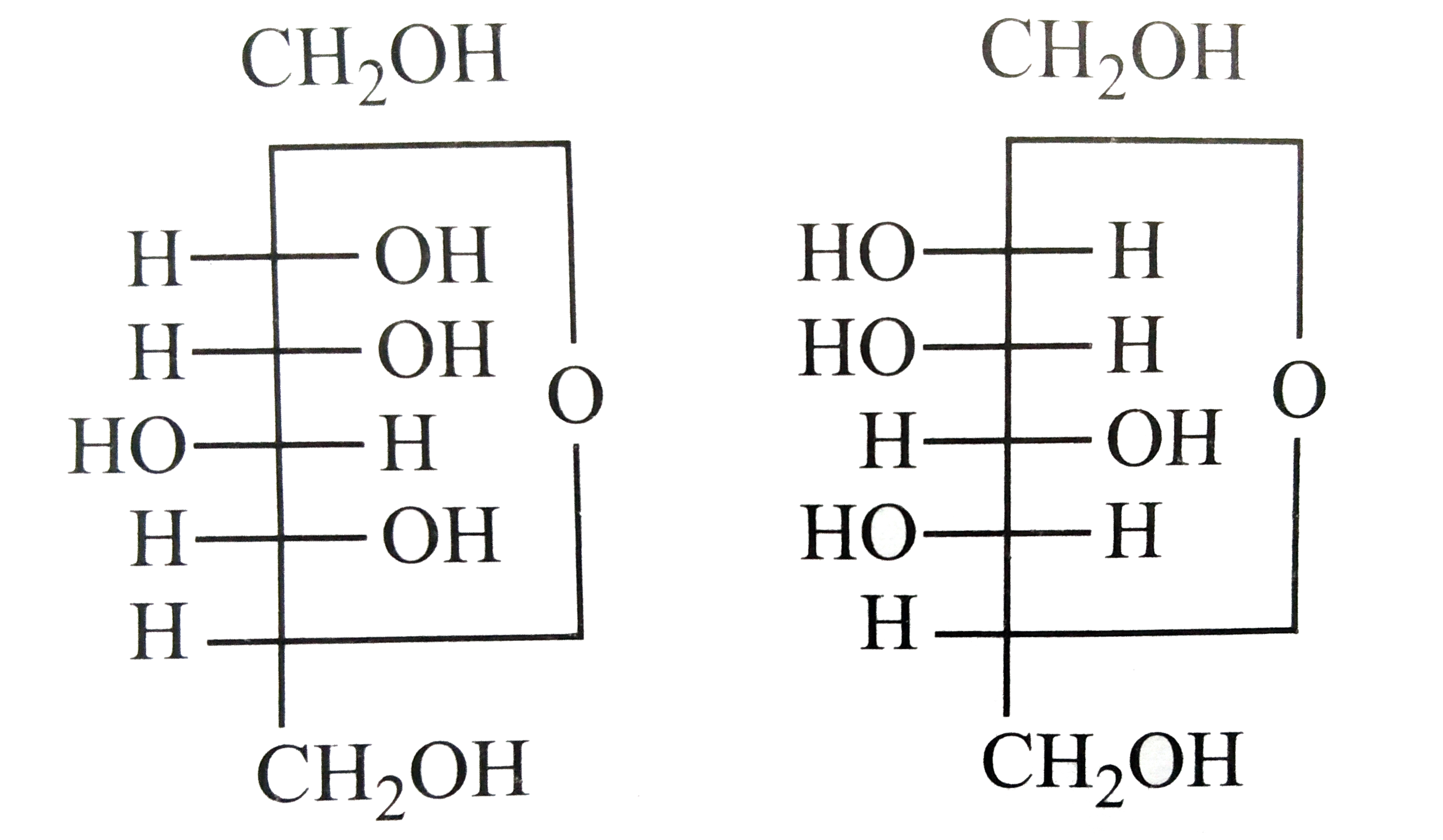Which of the following paires of organs represent adaptive convergence?
Flippers of penguins and dolphins
Forelimbs of human and horse
Heart of birds and mammals
Brain of human and fishes
The correct Answer is:A
To determine which pairs of organs represent adaptive convergence, we need to understand the concept of convergent evolution. Here’s a step-by-step solution:
Step 1: Define Adaptive Convergence
Adaptive convergence, or convergent evolution, occurs when different species develop similar traits or organs independently, usually because they adapt to similar environments or ecological niches. These traits are called analogous structures.
Step 2: Analyze the Options
We need to evaluate each pair of organs given in the options to see if they are analogous (representing convergent evolution) or homologous (representing divergent evolution).
1. Flippers of Penguins and Dolphins:
- Both penguins (birds) and dolphins (mammals) have flippers that serve the same function of swimming. Despite being from different evolutionary lineages, the flippers are structurally similar due to adaptation to a similar aquatic environment. This is an example of adaptive convergence.
2. Forelimbs of Humans and Horses:
- The forelimbs of humans (primates) and horses (ungulates) have different functions and structures. While they may have some similarities due to being forelimbs, they are not analogous because they evolved from a common ancestor. This is an example of divergent evolution.
3. Hearts of Birds and Mammals:
- The hearts of birds and mammals are also homologous structures. They share a common evolutionary ancestor but have adapted differently to their respective needs. This is another example of divergent evolution.
4. Brains of Humans and Fishes:
- Similarly, the brains of humans (mammals) and fishes are homologous. They have evolved from a common ancestor but have adapted to different functions and environments. This is also an example of divergent evolution.
Step 3: Conclusion
After analyzing the options, the only pair that represents adaptive convergence is the flippers of penguins and dolphins.
Final Answer
The correct answer is: Flippers of Penguins and Dolphins.
---
Adaptive convergence, or convergent evolution, occurs when different species develop similar traits or organs independently, usually because they adapt to similar environments or ecological niches. These traits are called analogous structures.
We need to evaluate each pair of organs given in the options to see if they are analogous (representing convergent evolution) or homologous (representing divergent evolution).
- Both penguins (birds) and dolphins (mammals) have flippers that serve the same function of swimming. Despite being from different evolutionary lineages, the flippers are structurally similar due to adaptation to a similar aquatic environment. This is an example of adaptive convergence.
- The forelimbs of humans (primates) and horses (ungulates) have different functions and structures. While they may have some similarities due to being forelimbs, they are not analogous because they evolved from a common ancestor. This is an example of divergent evolution.
- The hearts of birds and mammals are also homologous structures. They share a common evolutionary ancestor but have adapted differently to their respective needs. This is another example of divergent evolution.
- Similarly, the brains of humans (mammals) and fishes are homologous. They have evolved from a common ancestor but have adapted to different functions and environments. This is also an example of divergent evolution.
After analyzing the options, the only pair that represents adaptive convergence is the flippers of penguins and dolphins.
The correct answer is: Flippers of Penguins and Dolphins.
Topper's Solved these Questions
Similar Questions
Knowledge Check
Which of the following pairs represents anomers ?
A B
B C
C D
D
Which of the following pairs of organisms are uricotelic?
ACartilaginous fish and mammalsBReptiles aned mammalsCBirds and insectsDBony fish and lizardsWhich of the following pair represent pair of diastereomers ?
AMeso tartaric acid and (l) tartaric acidB C
C DAll of these
DAll of these
Which of the following pairs represents isobars?
View SolutionWhich of the following pair is homologous organ?
View SolutionWhich of the following pairs of organs is not homologous?
View SolutionWhich of the following pair has homologous organs ?
View SolutionWhich of the following pairs represents linkage isomers?
View Solution
